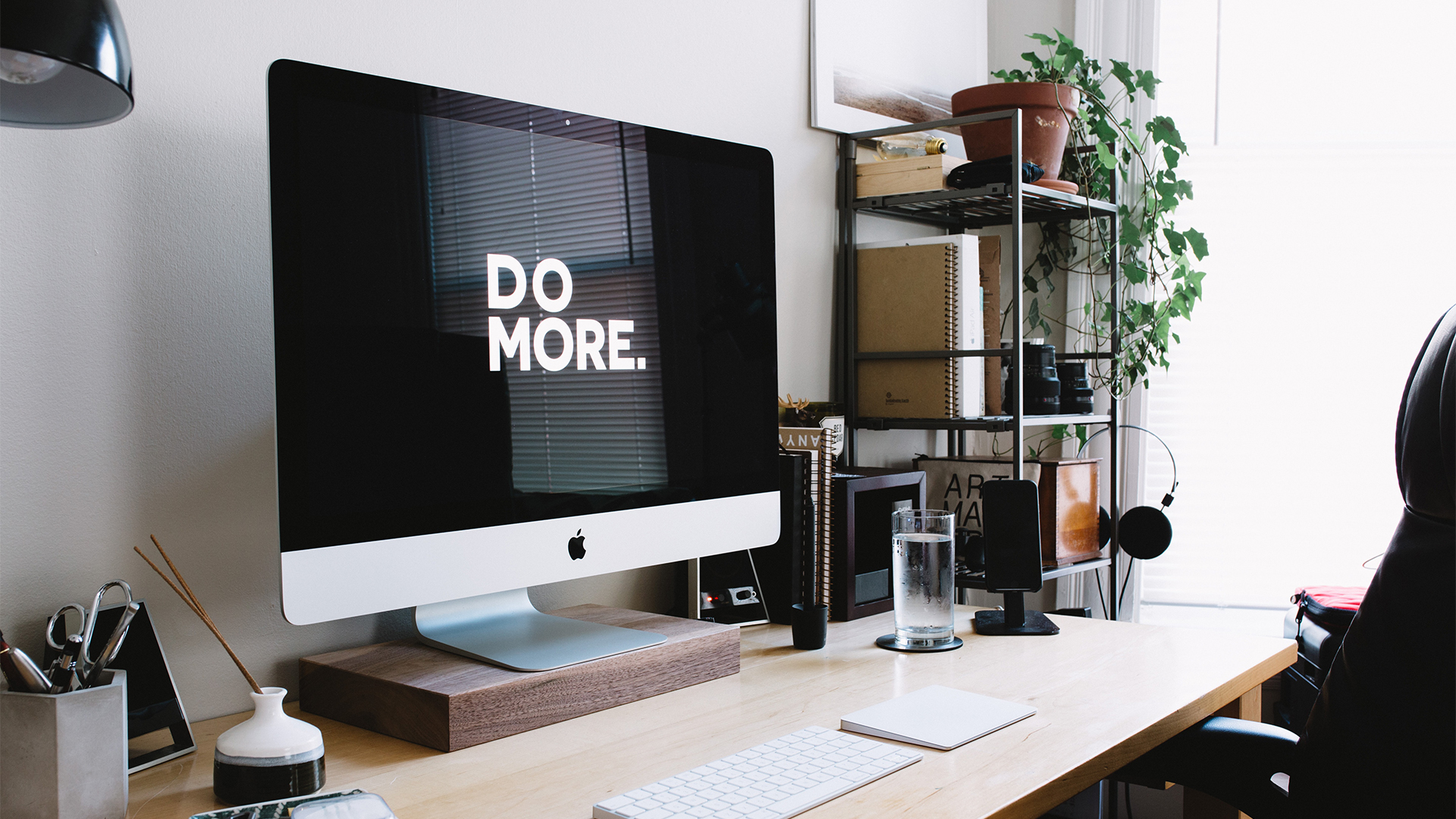Before March 13, 2020, I spent three years, 36 months and 6,261 working hours within the four walls of Nuffer, Smith, Tucker (NST). That afternoon NST held a staff-wide meeting, where it was announced we would be working from home for the next two weeks due to the coronavirus pandemic.
Spoiler alert: We’ve worked from home longer than just two weeks.
Now, as we approach the anniversary of the work-from-home mandate, I’ve spent nearly one year, 12 months and 2,087 working hours within the four walls of my 400-square-foot apartment.
As days became weeks, and weeks turned into months, it became difficult to tell each day apart – and even more difficult to have a work-life balance. The future began to feel daunting and monotonous became my middle name. As I reflect on the past year, I, like so many others, have faced mental, physical and emotional challenges that I could have never anticipated – some that forced me to grow, and others that caused me to crumble. But I won’t dwell on the latter.
Instead, I’ll share three tips I’ve used over the past year to manage deadlines, expectations and productivity. Hopefully, one of these tips will help make work-from-home (WFH), work better for you.
1. Plan Your Week
Every Monday morning, I spend 15 minutes planning out my work week. It’s arguably the most important task I complete, and it sets me up for success. To plan, I use a weekly digital calendar, a monthly written calendar and a weekly written desktop planner.
Sounds excessive right? It is, but it makes a difference.
- The weekly digital calendar allows me to see what I have coming up and what meetings I need to prepare for. If possible, I try to schedule my meetings on three days of the week so I can have two days dedicated to project work and managing deadlines, or I try to schedule meetings in morning or afternoon blocks for the same purpose. There’s nothing worse than having several meetings spread out on the calendar with only 30-minute blocks in-between, because you can never get anything done.
- The monthly written calendar allows me to think long-term and plan out important projects for the month. Planning and working backwards can help projects feel more manageable and can help discern short-term deadlines throughout the month.
- The weekly written desktop planner is my pride and joy, and I will never give it up – no matter how great emerging technologies are. Writing things down allows me to create a to-do list for the week in order of importance and keep track of my projects efficiently. Every day I aim to complete three things off my to-do list, and if a task on the list takes less than 10 minutes to complete, I tackle it immediately.
2. Get Comfortable
Unarguably, one of the best parts of working from home is the sweatpants – but that’s not what I’m talking about when I say comfort. I’m talking about your WFH set-up.
For my first three months at home, I sat for almost nine hours a day in an IKEA kitchen chair staring at a MacBook until I woke up one morning in June with back and neck pain. That same day, I drove back to the office for the first time since my initial departure and hauled everything from my in-office cubicle to my new kitchen office – ergonomic desk chair and large second monitor included.
You don’t need a true home office, but at minimum you need a chair you feel comfortable sitting in for at least eight hours and a monitor at eye-level. Your neck and back will thank you.
3. Shut it Down
In public relations, it’s not uncommon to bill by the hour. But even when you’re tracking your hours, it’s still surprisingly easy to get caught up in your work and find yourself still at it well into the evening, especially when you’re juggling multiple meetings, deadlines and deliverables. Work-life balance is important and being a workaholic after work hours leads to burnout.
When you plan your day, set a schedule and stick to it. Even more crucial, know when you’re most efficient at completing certain tasks.
- If you like routine, stick to 8 a.m.-6 p.m. every day – but be sure to take breaks or a normal lunch hour.
- If you’re sharpest in the morning, start your day ahead of your morning meetings so you accomplish your most important activities before the afternoon slump.
- If you’re sharpest in the afternoon, schedule your meetings in the morning and work independently in the afternoon and finish strong.
If you don’t have a deadline, shut it down and disconnect – it will still be there tomorrow.
If these tips resonate with you, or if you’d like to share a few of your own, let us know on Facebook.

